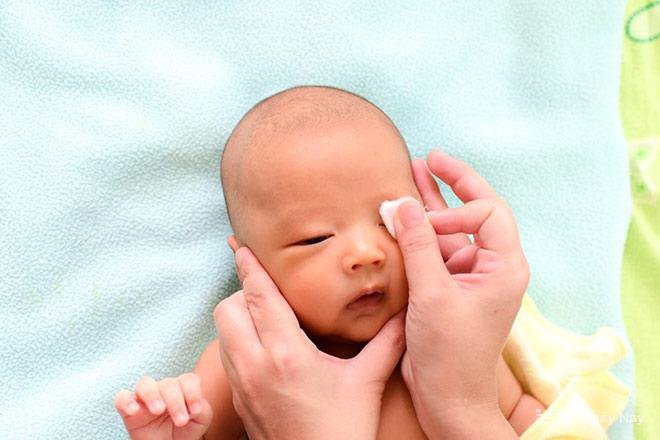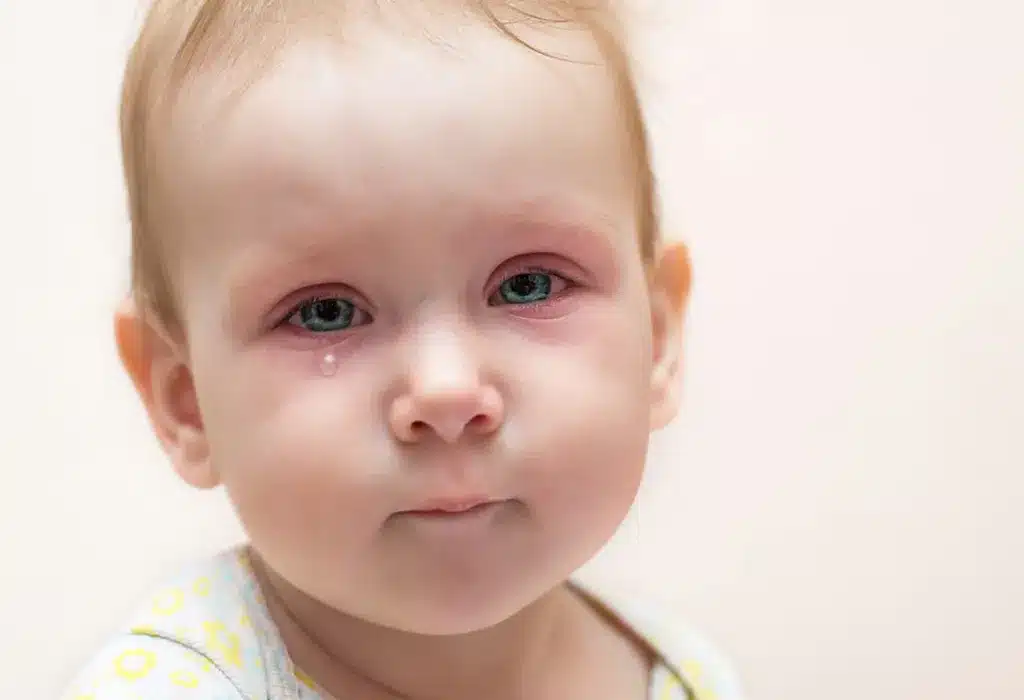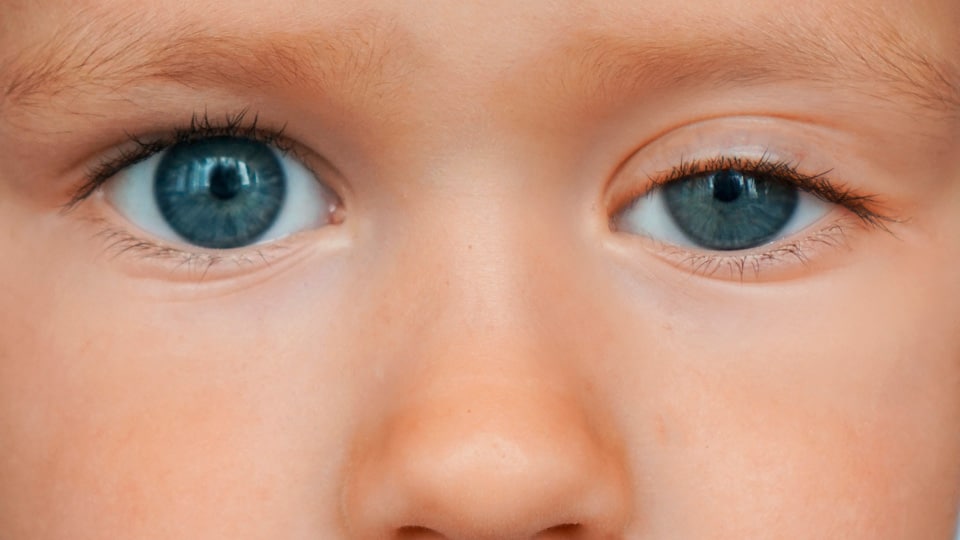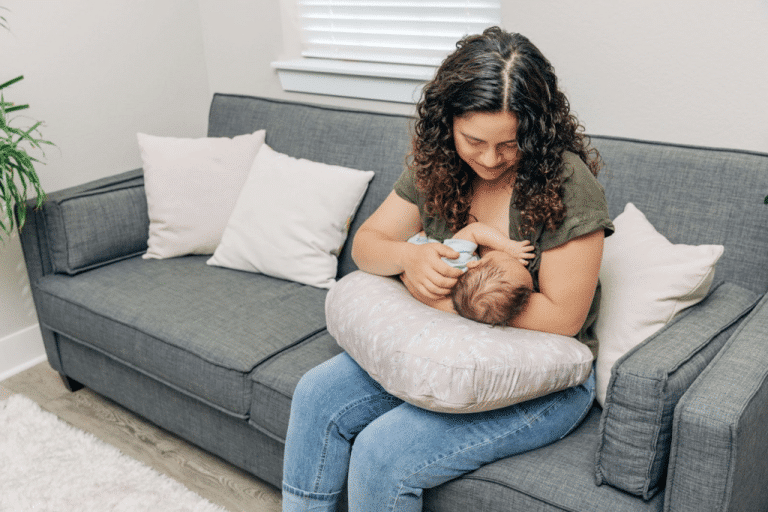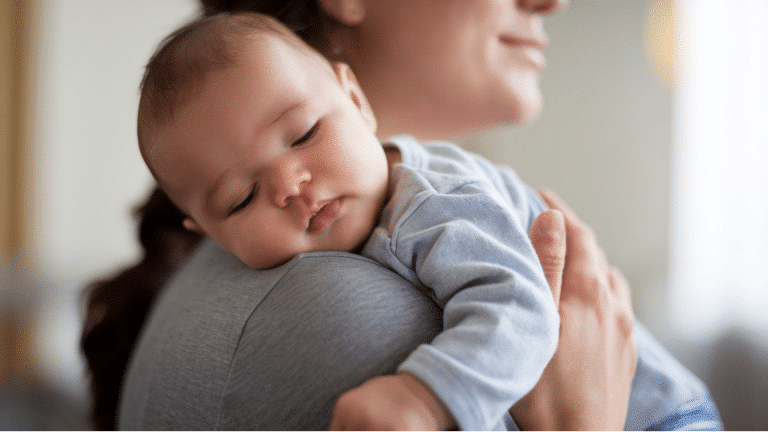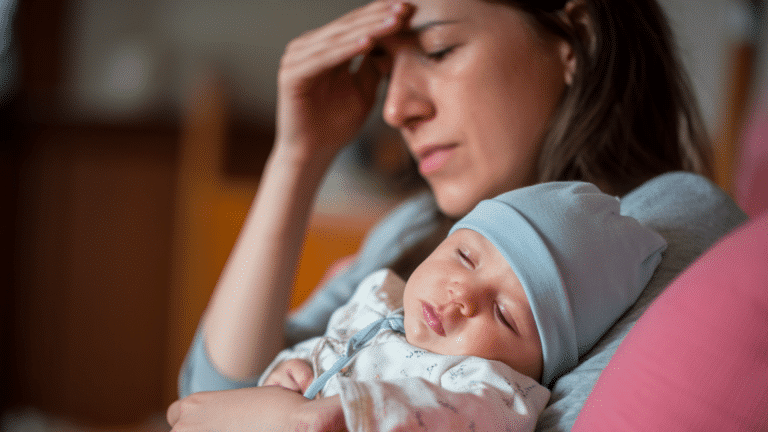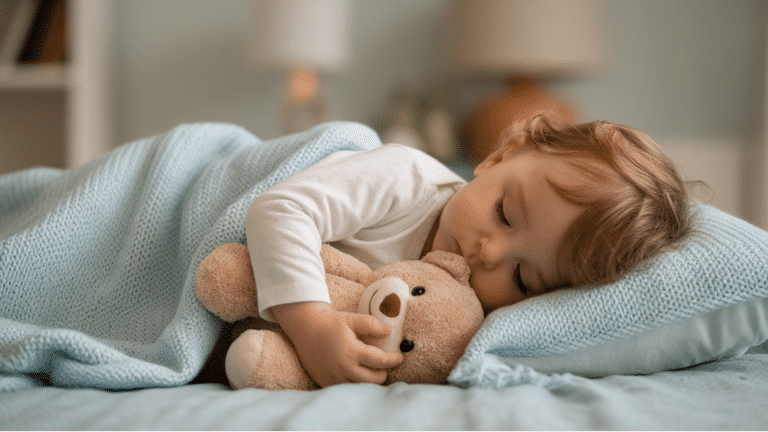Parents keep a sharp eye on their health, especially when the infants are just born. It is a human tendency that we look at our kids to notice whether there is anything unusual about their health.
And if found, it bothers the parent more than anything. This article is dedicated to one such unusuality related to the eyes of newborns that have kept the parents worried.
Why do newborn babies not fully open their one eye? It is one of the most common issues that has left people concerned.
What does this condition denote, should it bother you, and what is the course of action? In this segment, we shall address some of these questions in detail.
Eye Problems in Infants
Issues related to kids’ health cause parents a lot of concern. One shot of negligence can put the life of one child at risk.
Especially when it is about the delicate parts like eyes, now comes the most obvious and subtle question.
“Why Is My Newborn Baby Not Fully Opening One Eye”? Many doctors suggest this could be due to various reasons.
Some could be temporary and go away with time, while others could be a long-term concern requiring surgery.
Among the temporary causes, doctors flag the reason to be due to infection that would require medication.
However, if it is associated with a defect requiring surgery, the case could be problematic and thus require medical attention.
One such scenario could be associated with Eyelid Drooping (Ptosis).
But what is it, and how is this caused? In the following section, we will look at this medical condition and its required prerequisites.
Beyond these immediate health concerns, parents often have questions about their newborn’s developing features, such as eye color.
Understanding how your baby’s eye color might evolve can be fascinating and informative.
To explore this, check out our detailed article on the newborn eye color predictor, which offers insights and answers to commonly asked questions about your baby’s eye color development.
Eyelid Drooping – Ptosis
In simple terms, eyelid drooping is the excessive sagging of the upper eyelid.
This implies the edge of the upper eyelid may get lower than it should have been; in another medical term, this is also called Ptosis.
Another condition that leads to cases like this is probably excess baggy skin in the upper eyelid.
In some cases, ‘Ptosis’ could be the scenario due to both situations occurring together.
This situation of the eyelid can result from damage to the nerve, which essentially controls the muscle and the movement of the eyelid.
This scenario also leads to several other complications and thus requires consultation; before heading further, let us detail other associated repercussions.
Disease Ptosis Can Lead To
If not treated on time, a few diseases are associated with Ptosis. Some of the most common and threatening are:
- Tumor underneath your eyes
- Diabetes
- Horner syndrome
- Myasthenia gravis
- Stroke
- Swelling in the eyelid, such as with a stye
Through several cases and studies, doctors have marked that ptosis might not be detected if it is not treated with precaution and thus advise checking a few associated symptoms.
Medical experts mark that the patient suffering from eyelid drooping is likely to come across the following conditions that are listed as below:
- The infected person will feel like their upper field of vision is blocked.
- In the deteriorating case, the drooping eyelid covers the pupil entirely, which might lead to complete vision blockage.
- There is constant tiredness and achiness all around the infected eye.
- Your child experiences increased tearing even after the dry eyes.
If the infant is affected by ptosis, he/she cannot describe the vision.
But parents need to keep a sharp vigil in case they observe any such development in their child visually.
We strongly advise you to see an ophthalmologist who is specially trained in the diagnosis and treatment of diseases of the eye.
If you find any such issue where there is room for doubt, one eye is bigger than the other
An ophthalmologist can help you determine whether this is a real disease state or simply a visual illusion.
Treatment related to Eyelid Drooping
If the diagnosis is identified, it can be managed. For older adults, drooping eyelids could be related to aging, and the disease can’t be a concern.
Blepharoplasty, or eyelid lift surgery, is performed to correct drooping or sagging upper eyelids.
- It is possible to enhance the appearance of the eyelids in milder situations.
- In more extreme situations, vision interference may require surgery to be corrected.
- For children with ptosis, surgery is required to prevent the medical disorder named amblyopia, or “lazy eye.”
Above all, for parents and guardians, it is highly recommended not to take the matter lightly and consult a doctor as soon as they observe indifference in the eyes of their newborn.
Other Eye-Related Diseases in Newborn
Ptosis is one issue that your newborn could be diagnosed with. There are also other cases in which your newborn child could be affected.
The most common causes of all include:
- Childhood Cataracts: It happens when the eyes’ lens turns extremely cloudy and hard, affecting vision. Healthcare professionals generally pick the case among kids. Children can be subject to cataract risk in both of their eyes.
- Blockage in Tear Duct: Each eye drains its tears through four tiny holes, two at the top and two at the bottom, on the edge of the eyelid.
- Retinopathy-related Prematurity: Premature babies might have taken birth with both eyes undeveloped. The blood arteries that carry blood to the retina are often the ones that are still developing and require further time to mature properly. To prevent any more damage, this requires treatment of proper order.
- Eye Infections: During labor, babies are exposed to whatever bacteria the mother’s birth canal contains, which can lead to eye infections. Babies frequently get conjunctivitis shortly after birth; there is nothing much to fear about. An antibiotic drop or ointment will cure this.
- Other Defects: Eye defects that might have prolonged and threatening issues pertaining to cornea, lens, retina, and eyelids might result in the complete loss of vision. Whenever detected, this must be dealt with accordingly.
Final Words
It is crucial to have your newborn’s eyes examined by an eye doctor as soon as possible if you have any worries about them, whether for an infection, illness, or something that doesn’t look right.
This will help to prevent any long-term damage or vision loss.
Not just pertaining to their eyes but any concern related to their health must be taken care of accordingly.
A single shot of negligence might cost an entire part of your child’s body part. The “prevention is better than cure” policy must be applied at all costs.
Please drop in your views and how you like our detailed piece and flag any concern you feel could help others in the comments below.

